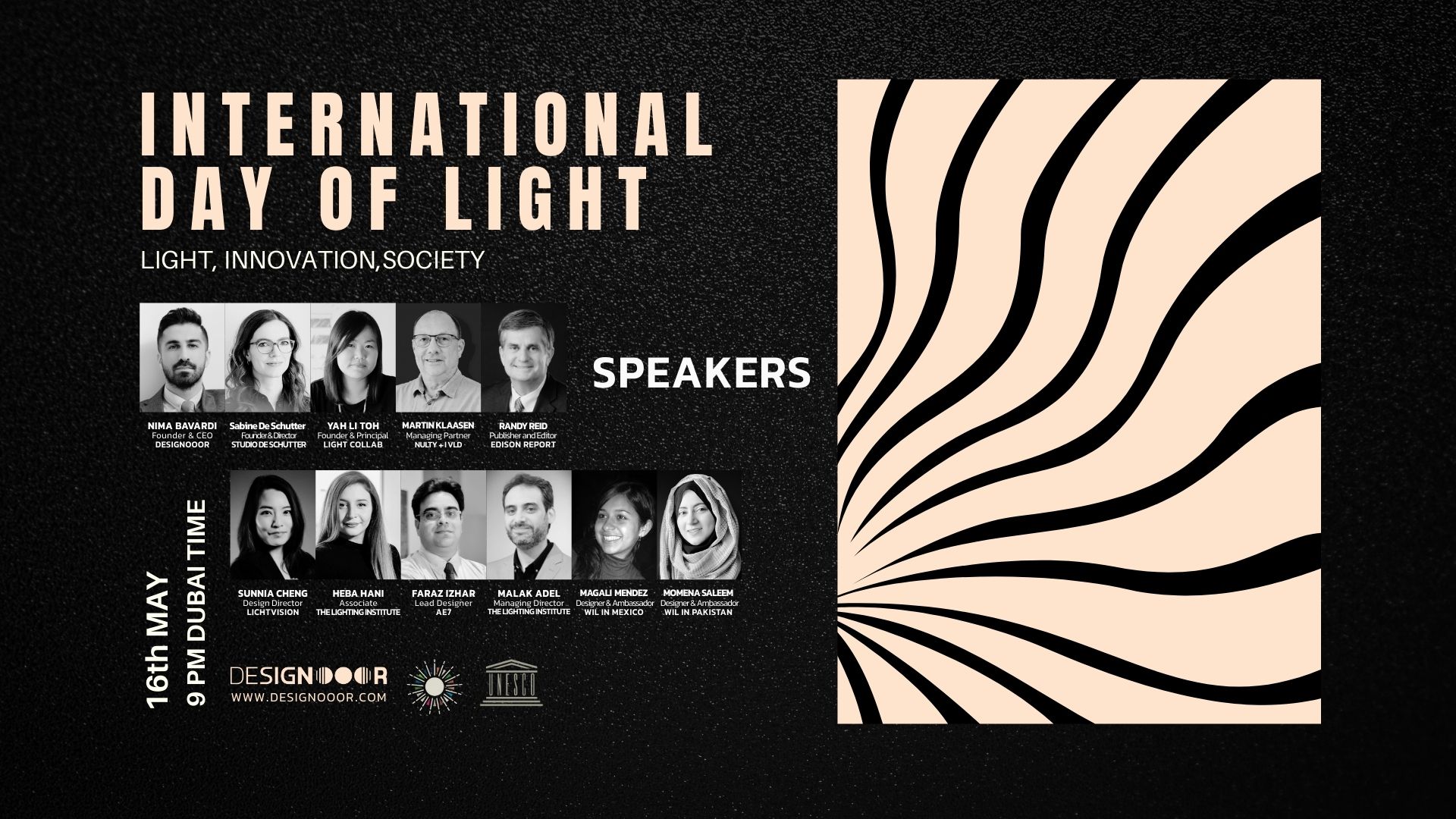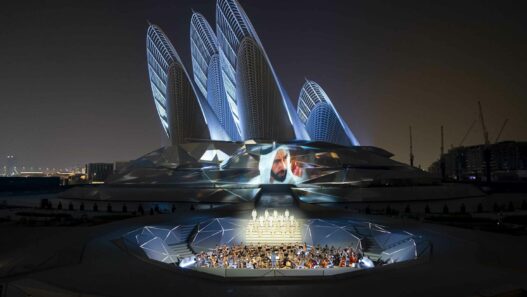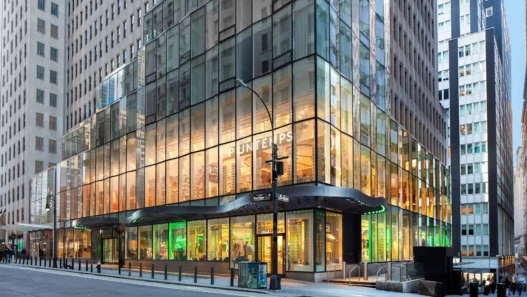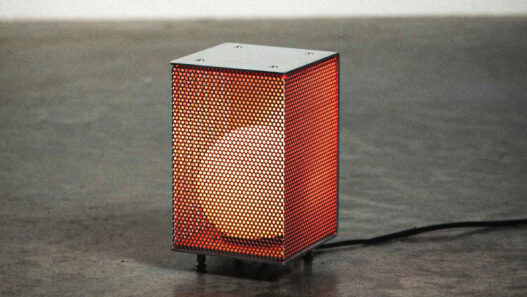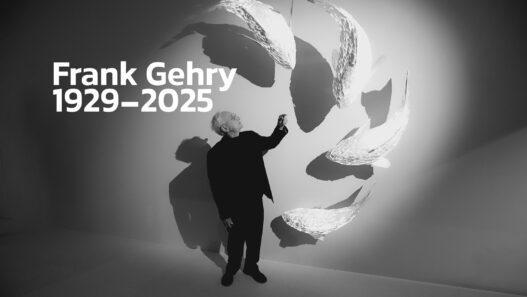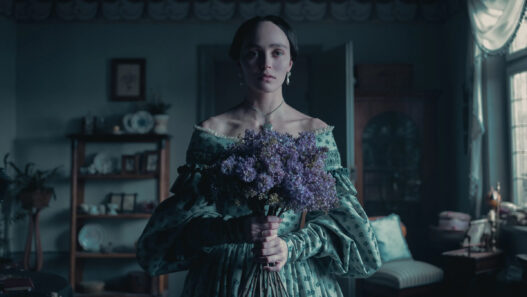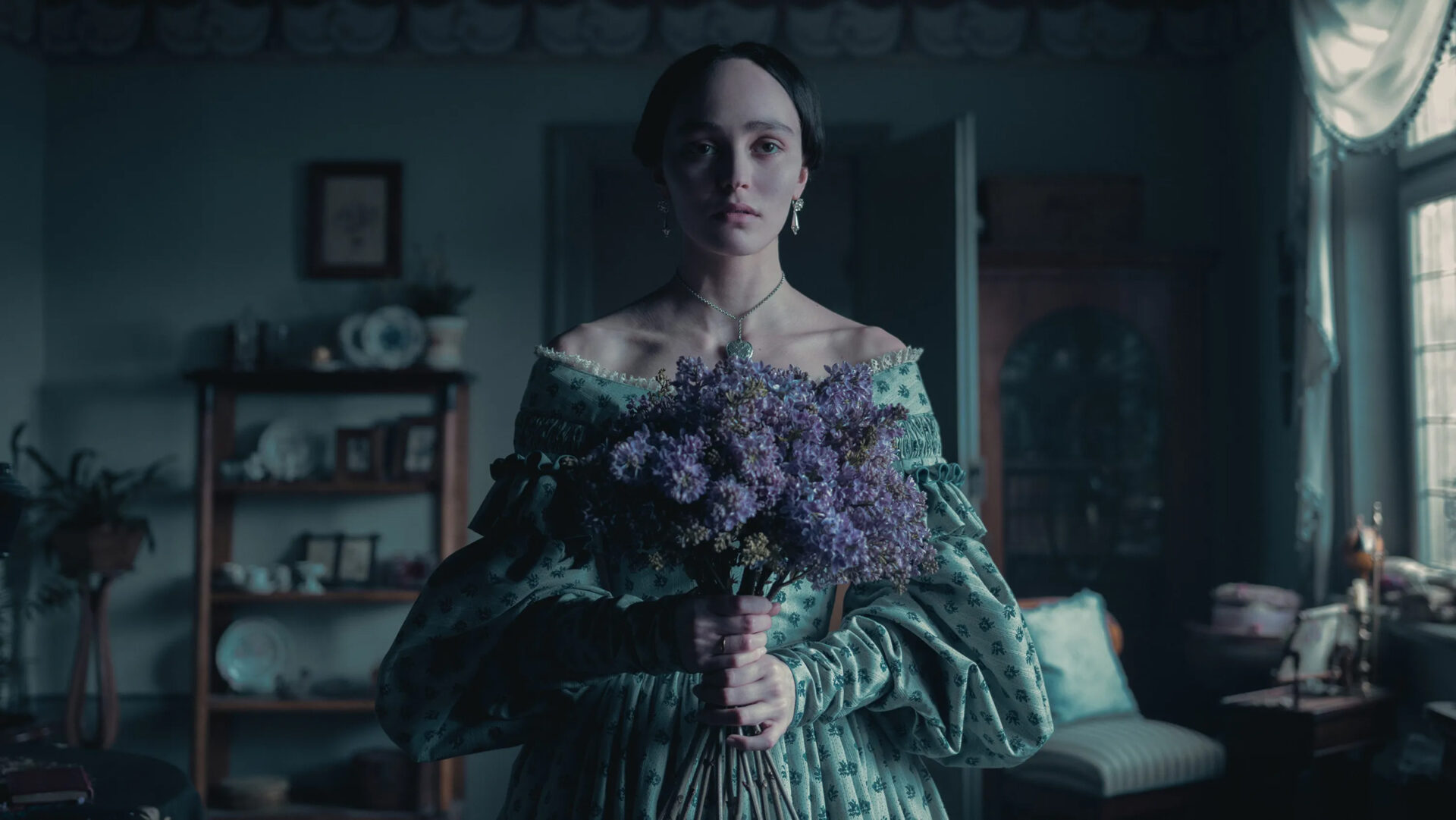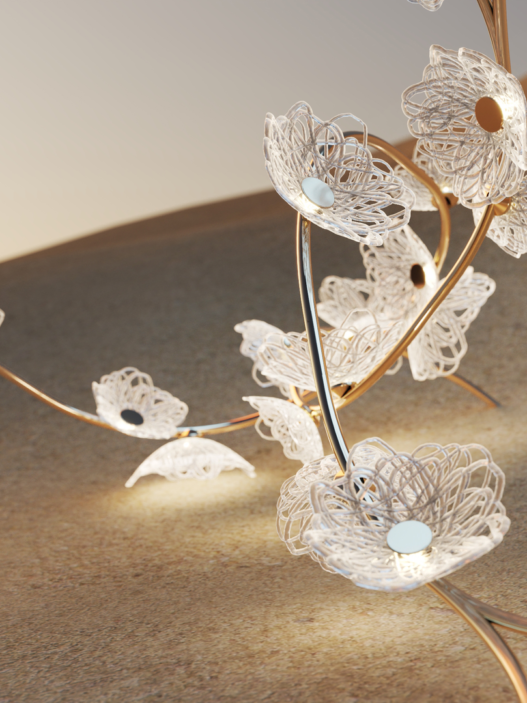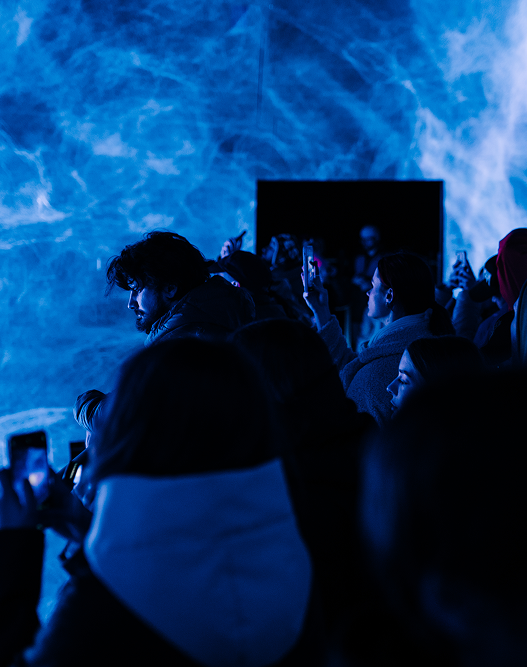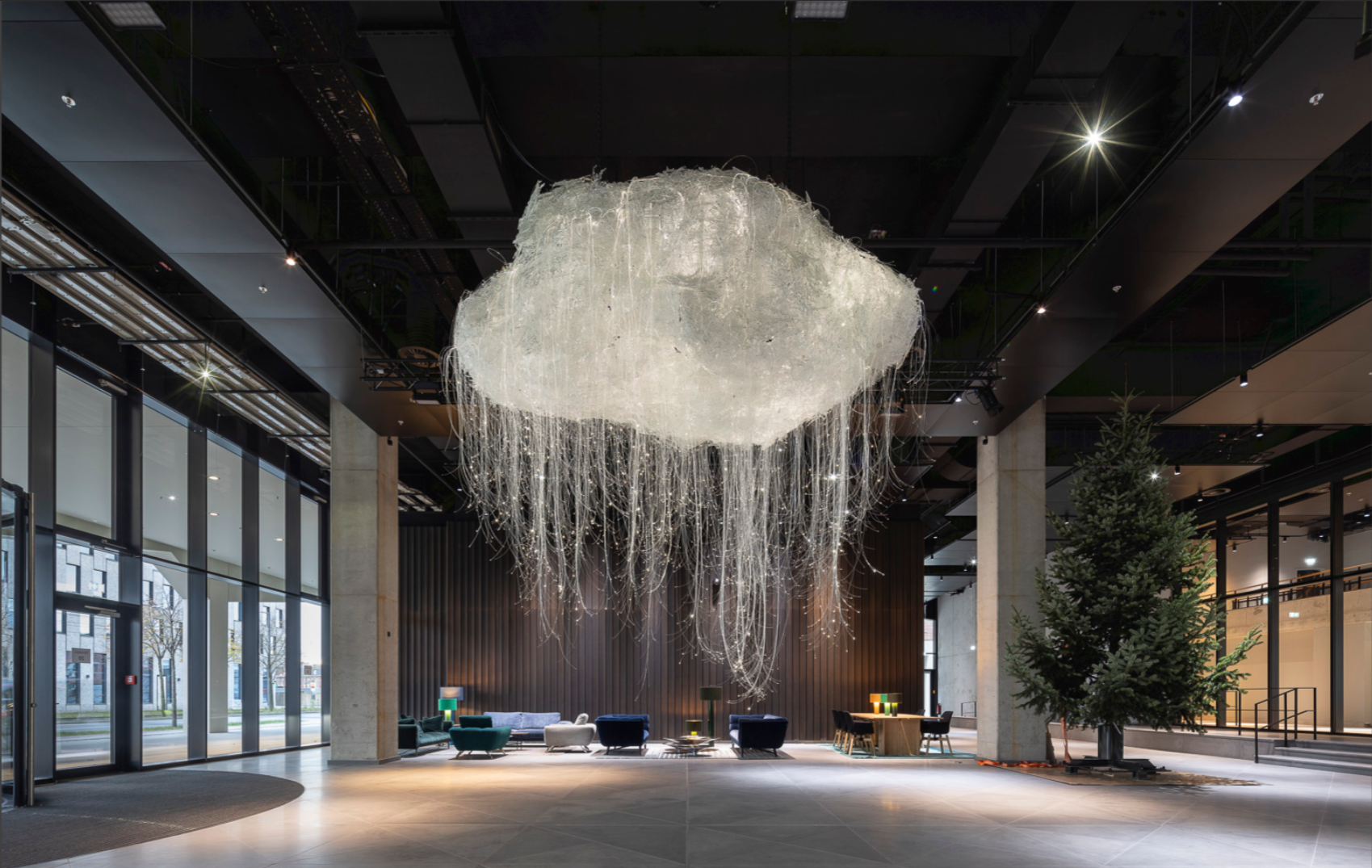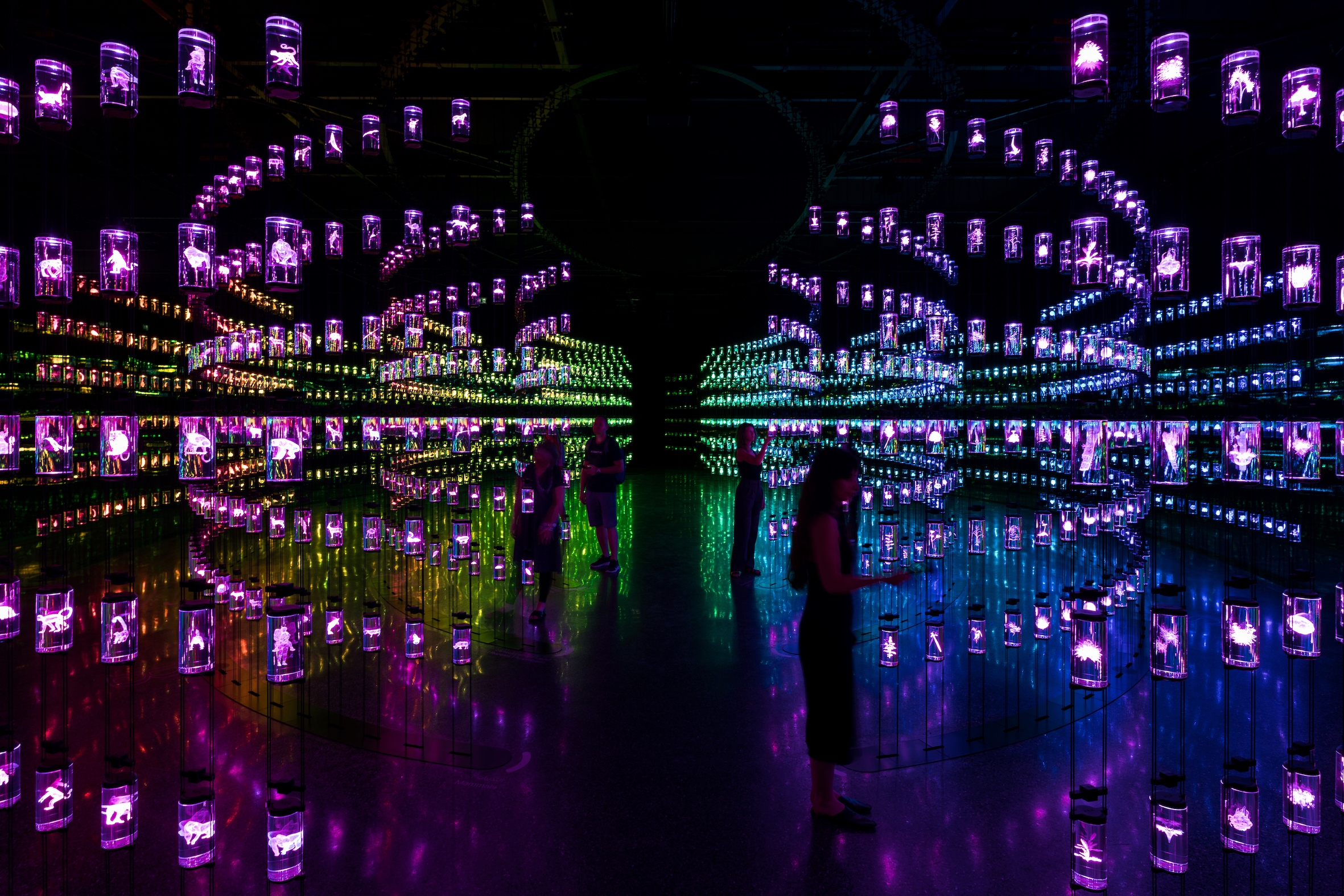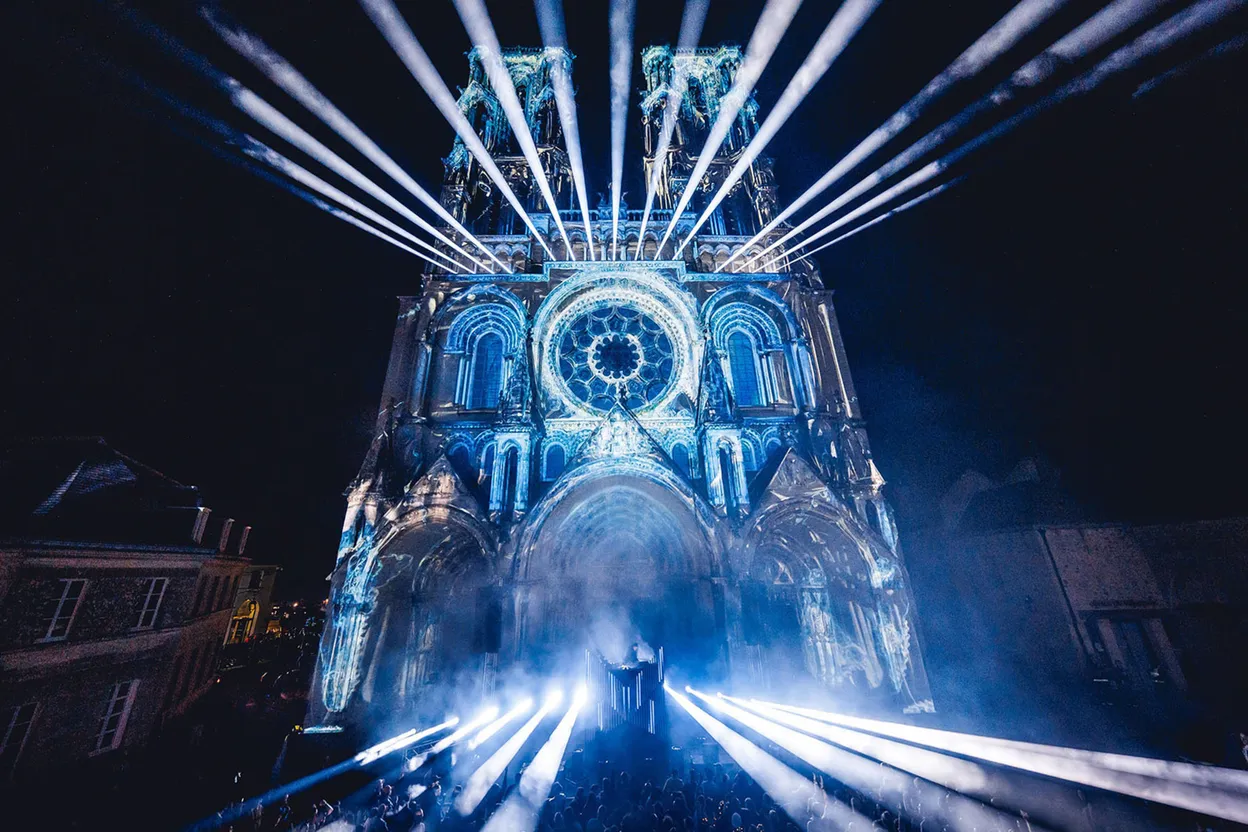“Nosferatu” has long been a tale about light masquerading as darkness, so I came to Robert Eggers’ remake expecting that. Murnau’s 1922 original is my touchstone for how cinema can transmute electricity into legend. It treats a beam across a wall as portent and a silhouette as a complete sentence. Eggers inherits that syntax, then writes the sentences in heavier ink. The film does not chase realism. It governs exposure. It asks candles and moonlight to act as plot points. That places lighting at the center of character, where the film feels most alive. I love how Bill Skarsgård’s Orlok is so often carved out of the low end of the frame, while Lily-Rose Depp’s Ellen is elected by a candle that finds her even when the room would rather it did not.
A little historical scaffolding helps explain why this works. Murnau’s “Nosferatu” rose from Weimar Expressionism, a culture that taught filmmakers to let architecture and shadow perform. The film is also an unauthorized riff on Stoker, which tugs its imagery away from Victorian romance and toward plague iconography. Light becomes a tool of fate rather than a simple reveal. It is not trivial that this film codified sunlight as lethal to the vampire. Light does not just show. It judges. That idea has haunted every version since, and Eggers knows it.
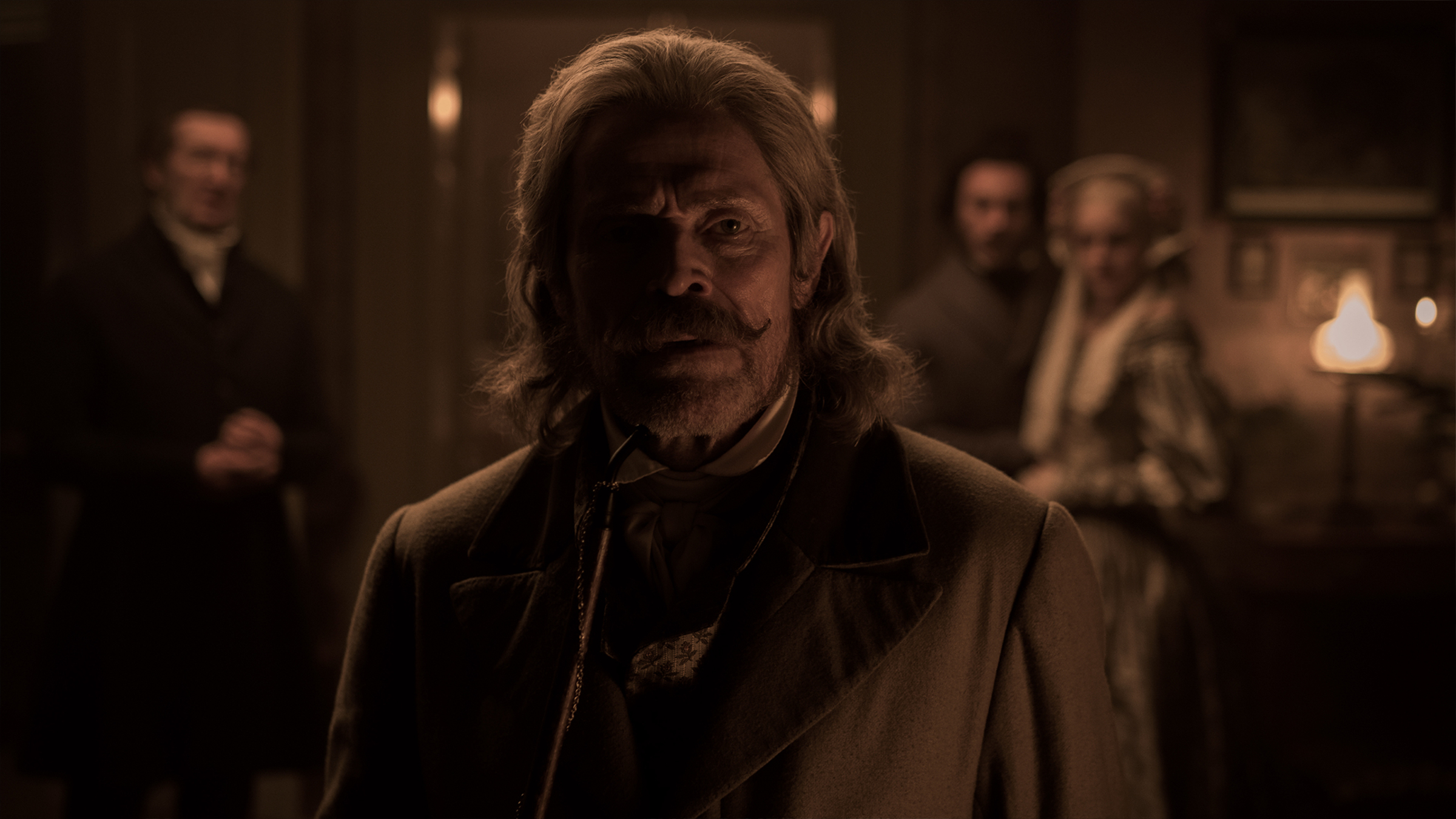
What I find compelling in the new film is the confidence in the blacks and the patience in the mids. Digital workflows tempt people to lift shadows for safety and then sand down the middle. Eggers and cinematographer Jarin Blaschke refuse that habit. Blacks are protected rather than flattened. Skin keeps blood. When faces fall into shadow, they do not plasticize. You can still feel the grain of the air around them. That is discipline, and it gives the movie a moral pressure that does not depend on jump scares. The audience learns to read small changes in light as emotional events. A half stop of warmth on a cheek. A rim that sharpens when someone chooses cruelty. These are not flourishes. They are narrative verbs.
Candlelight is the dominant motive, and I love how the film lets a single source feel like a world. The key often lives near the practical, then trails into the room with a slow decay. Fill behaves like the tail of that key, never a rival. The effect is a gradient that breathes. You do not feel a second instrument arguing with the first. You feel distance and doom. Doors open and the room inhales. A flame gutters and the conversation shifts. In several hearth scenes the light becomes a clock. You sense that if the candle dies, someone will stop being human. It is a beautifully theatrical impulse, and it plays to Eggers’ background in design.

Moonlight is handled as the candle’s sibling rather than its opposite. There is no generic blue wash. Instead there is a toppy ambient with hard edges that clip hair and stone, while faces retain a soft readability. Atmosphere thickens in pockets, which lets the frame disclose or conceal with rhythm. When Orlok approaches, the brightest value is sometimes a gleam on a newel post or a sliver on the floor ahead of him. The body arrives after its omen. This is staging with light as much as staging with bodies. I could feel the dimmer cues in my bones, and I mean that as a compliment.
Eggers also respects the Expressionist rule that space can act. Corridors and staircases are diagrams of peril. The filmmakers justify their sources with admirable rigor. A candle sculpts a face into a half mask. A narrow shaft from a high window carves the back wall like a blade. The interplay reads as moral algebra. Where is truth? Is it in the hard lunar edge, cold and clarifying? Or is it in the warm lie of the flame, flattering and close? Ellen’s arc rides that equation, and the lighting makes the choice legible without commentary.
Now let us turn to Coppola, because any discussion of lighting in the realm of vampires inevitably returns to his domain. “Bram Stoker’s Dracula,” shot by Michael Ballhaus, is the benchmark for lighting that is sumptuous, legible, and unabashedly theatrical. Ballhaus paints with pools of color that feel like perfume and appetite. Practicals bloom, yet remain controlled. Diffusion is sensual, never mushy. Colored backlight turns bodies into operatic shapes while the blacks rise just enough to invite the eye to swim. This is not naturalism. It is intoxication that always remembers it is telling a story. I find Coppola’s approach more pleasurable, and I have no qualms about that bias. Pleasure matters, especially in a tale about seduction.
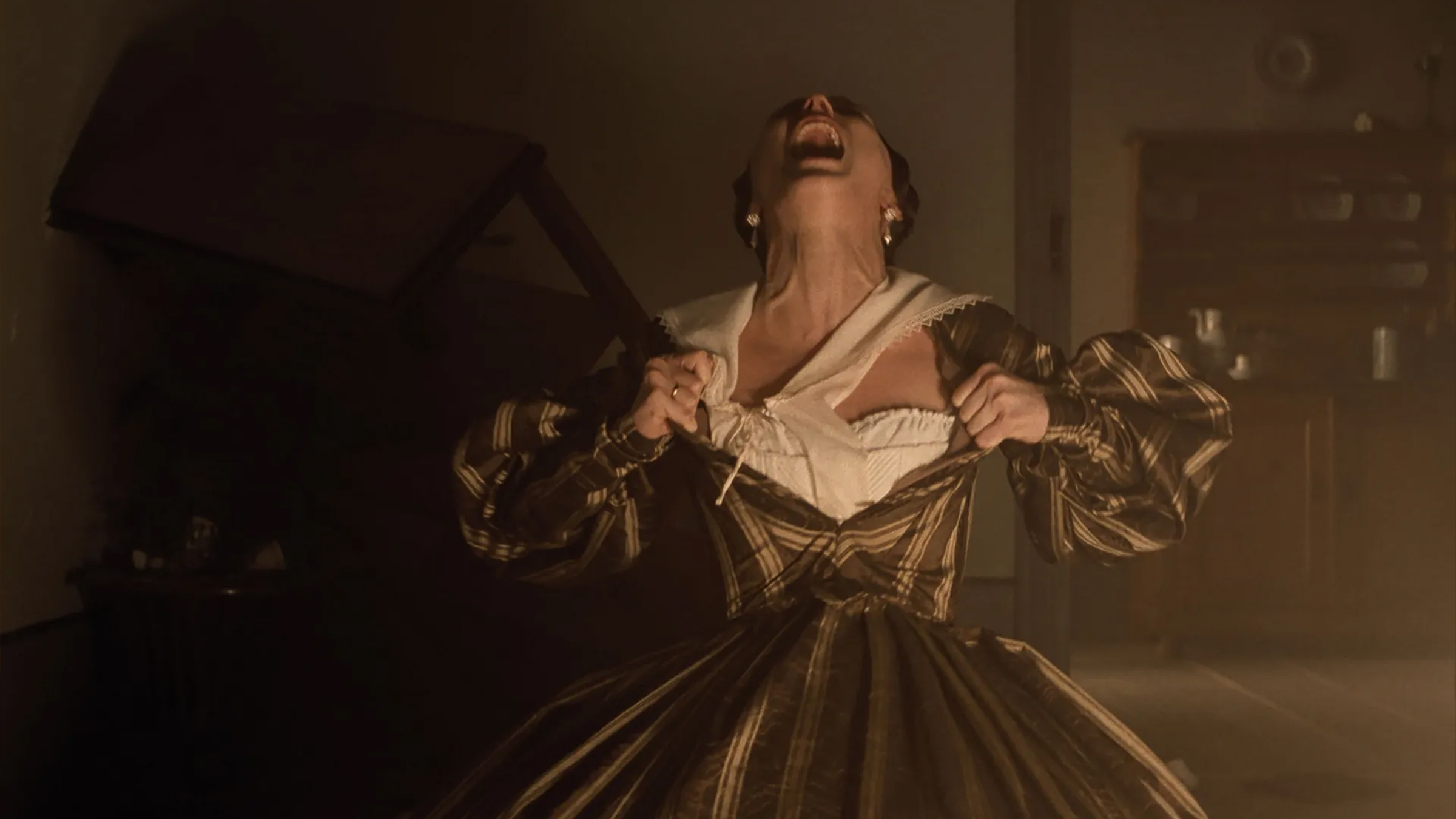
Head to head, the difference is clearest in scenes of desire. Coppola saturates. Candlelight marries gelled accents. Whites bloom into heat. Reds hover as appetite. Shadows keep secrets without hiding the actor. The lighting loves the skin. Eggers withholds. Candles seduce, yes, but color is rationed. Ellen’s face reads as pale fascination rather than lacquered glow. In Coppola, the vampire composes the audience by way of light. In Eggers, the vampire is an absence that the light measures. One approach is a feast with poison in the wine. The other is a fast with a miracle in the water. Both are coherent. Both are strong. My taste leans to Coppola because his light sings even when the scene is cruel.
Architecture is another useful lens. Murnau treated sets like engravings where a stray beam could redraw reality. Eggers honors that by keeping sources motivated and letting geometry do the heavy lifting, then contradicts it in smart ways. A moon shaft may cut the back wall while a candle builds a low, warm key across a face. The tension between them creates the room’s ethics. Coppola answers similar problems with layers of atmosphere and a confident use of color. He is never shy about glamor when the theme demands it. That shamelessness is part of what makes his lighting so satisfying. It is all right to be beautiful in a horror film if the beauty has a blade hidden inside it.
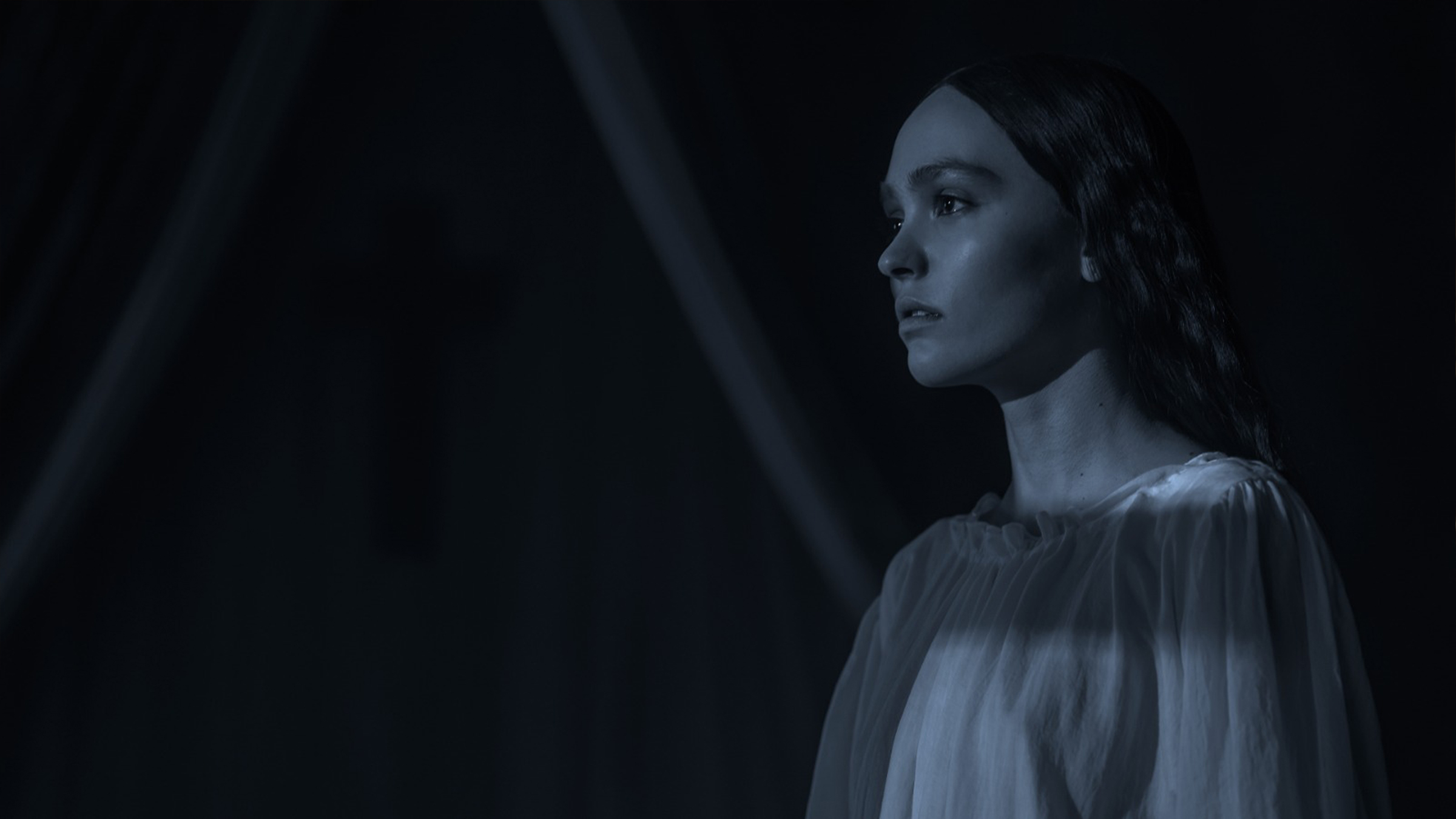
Culture and history run through these choices. Murnau emerges from a world that feared pestilence and saw urban corners as traps laid by fate. Light as surveillance makes sense in that context. Eggers hangs his imagery on nineteenth century romanticism, where small human figures stand under a storming sky, and where candle, fog, and stone are as moral as they are physical. Rooms look like canvases that have darkened in a church. People look like the last wet brushstrokes. Coppola, working at the height of studio resources in the early nineties, folds in a love of in-camera effects, glass shots, and theatrical artifice. His lighting needs to caress techniques that might otherwise look mechanical, and it does so with a confidence that is still intoxicating. Three eras. Three cultures. One theme. Light as metaphysics.
Casting choices meet lighting halfway. Skarsgård is all line and angle in profile. The film gifts him hard edges and denies glamour. Rims never rock-star him. They outline a negative presence. Depp plays Ellen as a sleepwalker who attracts illumination the way frost attracts morning sun. The camera honors this by giving her precise catchlights even when the rest of the frame sulks. Coppola and Ballhaus approached Gary Oldman and Winona Ryder like mythic portraits. Eyes hold reflective depth. Skin earns a lacquered polish. Sparks of colored light turn hair and fabric into living ornaments. The philosophies are clear. Eggers and Blaschke make fear into denial, sculpted and cool. Coppola and Ballhaus make fear into desire, saturated and caressing.There are moments when Eggers’ virtues harden into habits. Several night exteriors lean heavily on atmosphere and beam choreography. The silhouettes are handsome. The rims are precise. The haze speaks in full sentences. Yet repetition can dull alarm. The film is strongest when bravura hides behind masonry. Give me one shaft through a high window and a room that listens. Give me a gradient that moves from practical to spill to whispered fill, and I will hear more about guilt than any line of dialogue could confess. When the lighting trusts stillness, it becomes authoritative.
The most famous tradition in the Nosferatu myth is death by light. Coppola treats sunlight as revelation, almost liturgical. It is stained glass theology that melts monsters while our eyes drink color. Eggers makes brightness feel clinical. White does not triumph like a parade. It diagnoses. When illumination wins, it looks like the world as it really is, stripped of romance. That choice fits Eggers’ ethic. The lighting is not there to flatter the myth. It is there to measure the cost. If you, like me, often find Coppola’s version the superior viewing experience, lighting is a central reason. Michael Ballhaus gives sensual legibility at every turn. Skin is alive. Colors are tuned like strings. Eggers offers austerity and steady pressure. The frame asks you to lean in. Preference follows temperament.I also want to credit the collaborative ecosystem that lets lighting lead without turning fussy. Eggers comes from theater and design, and he trusts Jarin Blaschke on the technical path. That trust reads on screen. Performances are shaped by where the light allows breath. The camera does not smother actors with options. It gives them a lane. You can feel the set working like a chamber ensemble with one conductor, and the conductor is often the key. That is why the film can hold entire conversations in the way a candle stutters on a cheek or a moon shaft bites into stone. Light carries the subtext because the production lets it.

For teaching purposes, there is a midfilm image that stays with me. Ellen alone in a nocturnal interior. Freeze the frame. Map the practical to the key. Trace the tail of the key as it thins into the room. Notice the ambient that sneaks from a drape. What you get is a triangle of intention that any student can learn from. Then place it beside Coppola’s candle waltz with Dracula and Mina. In one, light is adoration with a curse. In the other, light is a visitation with a price. Both are precise. Both are sophisticated. One invites you to luxuriate in the sensation of seeing. The other keeps your body slightly cold while your eyes adjust.There is a broader conversation here about audiences and darkness. People say viewers are tired of dark images in prestige work. What they mean is that they are tired of underlit mush. Eggers’ “Nosferatu” is not mush. It is legible darkness with a value system. It protects black. It carries midtone blood. It lets highlights flirt with bloom without collapsing into milky glare. Candles read as flame, not as LUTs pretending. Moonlight carries shape, not just tint. That care is what allows the film to be severe without being obscure. Coppola shows the other path. Lavish color and soft diffusion keep the world delicious while never losing motivation. Flame feels like flame, yet it is always theater. Two philosophies, both credible.
One more axis worth naming is architecture as ethics. Eggers’ rooms behave like moral instruments. A stairwell is not just transit. It is a gradient of exposure. Corners are not excuses for coverage. They are the places where choices accumulate. Murnau taught that lesson by making shadows into geometry. Eggers renews it by giving geometry a temperature map. Coppola conducts a similar orchestra with color, haze, and diffusion. He accepts beauty as a weapon. Eggers accepts austerity as a test. Both prompt the audience to read space, not only faces.
Casting and light continue to meet in ways that reveal philosophy. Skarsgård’s Orlok is all line and angle. He is rimmed but never glamorized, outlined like a negative presence that steals light rather than reflects it. Depp’s Ellen attracts illumination the way frost attracts morning sun. Her catchlights are precise even when the frame sulks. In Coppola’s world Gary Oldman and Winona Ryder are mythic portraits. Eyes hold reflective depth. Skin earns a lacquered polish. Colored accents turn hair and fabric into living ornaments. Fear as denial on one side. Fear as desire on the other.
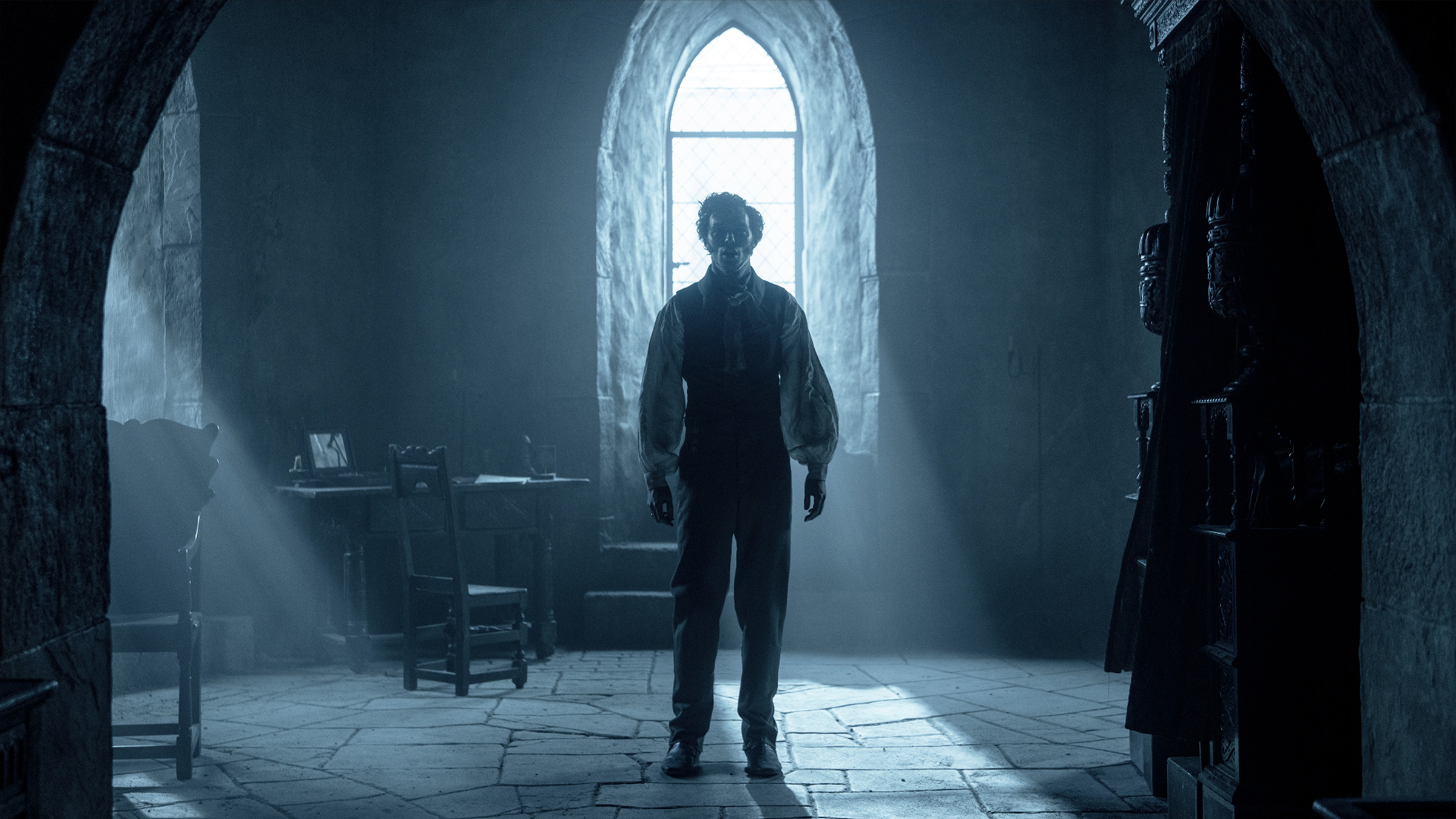
If I am ranking legacies, mine is simple. Murnau discovered the principle that light can kill and carved it into film grammar. Coppola luxuriates in the principle that light can seduce and turns it into opera. Eggers remembers that light can accuse and asks us to listen. I return most often to Coppola because his lighting gives pleasure without apology. I admire Eggers because he withholds until the last possible moment and then delivers without blinking. Both values matter. Pleasure keeps viewers leaning forward. Austerity keeps them honest.
The practical, magazine-facing takeaway is that these films are master classes in motivated light used as narrative grammar. Eggers and Blaschke make a single candle feel like a world by letting the key lead and the fill follow like a tail. They protect blacks and sculpt midtones so that emotional beats register as measurable shifts in luminance and color temperature. Coppola and Ballhaus, by contrast, pursue sensual readability through controlled bloom, theatrical color pools, and diffusion that caresses rather than smears. Each approach builds trust with the audience in a different way. One asks you to savor. The other asks you to confess.
So yes, “Nosferatu” is still a story about light masquerading as darkness. The new version honors that inheritance by turning photons into verbs. Candles persuade. Moonlight warns. Shafts accuse. And when daylight finally arrives, it does not simply reveal. It renders a verdict. That is why this material refuses to die. Light remains the first storyteller and the last judge, and the only real question each era answers is whether we want to be seduced by it or held to account by it.
